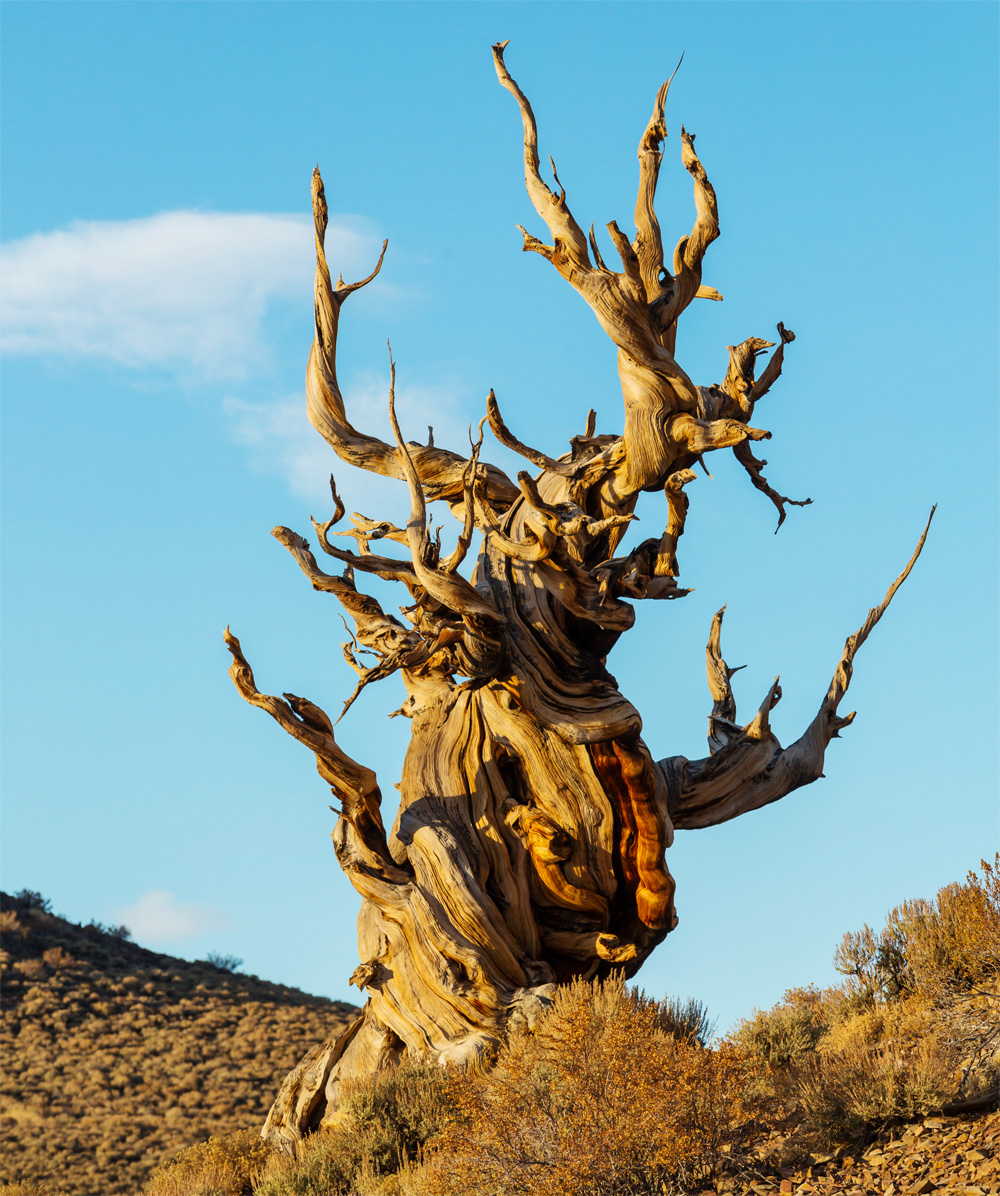
An image which may or may not be related to the article. FREEPIK
The World’s Oldest Living Things: What Can They Teach Us?
Summary:
In a world obsessed with speed, youth, and the next big thing, there exist silent sentinels that have been here for thousands—even tens of thousands—of years. From ancient bristlecone pines that have seen civilizations rise and fall to immortal jellyfish defying the laws of nature, Earth’s oldest living organisms hold secrets to survival, resilience, and the passage of time itself. What can we learn from these biological time travelers, and will their wisdom help us navigate an uncertain future?
Consider the bristlecone pine, standing stoic in the high-altitude deserts of California, some of its brethren dating back nearly 5,000 years. Or the deep-sea Greenland shark, casually swimming through the Arctic waters, possibly over 500 years old, its ancient eyes having witnessed centuries of oceanic history. Then there’s the true anomaly: Turritopsis dohrnii, the so-called immortal jellyfish, a biological trickster capable of reversing its own aging process indefinitely.
What do they know that we don’t? And more importantly—can we learn from them before they’re gone?
The Oldest Living Trees: Timekeepers of the Earth
If wisdom comes with age, trees might be the greatest philosophers of all time. Some of them have been rooted in the same place since before the Pyramids of Egypt were built, their trunks storing data about climate shifts, natural disasters, and the ever-changing planet.
- Methuselah (Bristlecone Pine, USA): Nearly 5,000 years old, this gnarled, wind-beaten pine has stood tall through everything from the Bronze Age to the Space Age.
- Pando (Aspen Colony, USA): Not a single tree, but a vast clonal organism stretching over 100 acres, estimated to be at least 80,000 years old. Every new sprout is part of the same ancient root system.
- The Old Tjikko (Norway Spruce, Sweden): While its trunk is young, its root system is over 9,500 years old, making it one of the oldest living things on Earth.
These trees are biological archives, holding records of changing climates and environmental patterns in their rings. Scientists study them to understand how our world is evolving—and how we might need to adapt.
Ancient Creatures: Masters of Survival
Animals don’t live for thousands of years like trees do, but some of them have found ways to stretch time in ways we barely understand.
The Greenland shark, for instance, is suspected to live over 500 years, growing at an excruciatingly slow rate of just 1 centimeter per year. Researchers believe these sharks were already alive when Shakespeare was writing Hamlet, drifting unnoticed in the freezing waters of the North Atlantic.
Then there's Turritopsis dohrnii, the jellyfish that refuses to die. When faced with stress, starvation, or injury, it doesn’t age like we do—it reverts to its younger form and starts life all over again. If this process could be replicated in humans, we’d be flirting with biological immortality.
What is their secret? Is it genetics? Environment? A built-in survival instinct developed over millions of years?
Lessons from Nature’s Elders
In a world driven by consumption, speed, and short attention spans, these long-lived beings teach us patience, adaptation, and resilience.
They remind us that survival isn’t about brute strength—it’s about flexibility. Bristlecone pines survive because they thrive in extreme, inhospitable conditions. The Greenland shark endures by conserving energy and existing in a low-stress environment. The immortal jellyfish adapts by changing its own biology when necessary.
As humanity faces climate change, resource scarcity, and uncertain futures, maybe we should stop looking for answers in rapid innovation and instead take a moment to learn from the oldest, slowest, and wisest life forms on Earth.
After all, they’ve outlived everything else. Maybe they hold the key to our future.
 muppazine
muppazine